Month: October 2019
Reflection on Case Study 6 – Wellbeing

Prioritising tasks and making time for personal wellbeing is easier said than done and I have realised this along the course of the case studies. While I was initially judgemental about the head teacher in the case study not following my advice from case study 1, I am more understanding now.
It is very difficult to focus and critically analyse and apply information when you are emotionally distracted by familial or personal issues. It is important to be proactive and have support structures in place before a stressful event occurs, such as recognising possible triggers and identifying coping strategies to deal with those triggers – much like we do as teachers by setting up our classroom structures.
Much like the head teacher librarian in the case studies, I have a lot on my plate. Work for me has been tumultuous for nearly my entire adult life. I have only been employed as a permanent employee for a mere 6 of my 32 years in gainful employment. I have had several genetic defect and life-threatening operations and 2 complicated pregnancies. I have immigrated from the U.S. and have lived for 22 years in Australia without my birth family. I have lived for 6 years in the Far West of NSW and have found the climate (both in terms of weather and work) challenging. Thus, I have had to work very hard over the years to try to prioritise travel and home life over work and career status…not easy when teaching is your passion!
I thought I had it all together!
I’ve tried to develop some hobbies that do not require other humans (photography, gardening, reading, playing with my dog) and learnt to take time to do these hobbies when I am feeling overwhelmed.
I have tried to prioritise my home life over my work life by shutting off and leaving work at 5:00pm each day. This has been made easier by only working 2 days a week and working in a NSW Department of Education Preschool that locks its doors at 3:30 each day.
I also set limits on parts of the house for electronics as to where they are not allowed (e.g. the kitchen/dining areas, toilets and bedrooms) in order to ensure that our family are sharing spaces appropriately and interacting authentically together in these spaces.
I have tried to combat the lack of permanence in my job and lack of power and control over my destiny, by attempting a masters degree in Teacher Librarianship. (Although my work hours have been modified to include this, which adds to my stress).
I try to live life in the moment, focussing on what I need to do in the next minute, rather what I need to do later or tomorrow or in 5 years time. It is great to have a vision, and strategies to achieve that vision and I’m very thankful to finally have this. It is also important to recognise that sometimes the steps towards the vision begin by simply swinging your legs out of the bed to start the day and thinking of nothing else until you’ve achieved that goal.

Then something happens that isn’t expected – as it always does.
Both of my children are on the autism spectrum, and it is likely both my husband and I are also (although only my youngest is the only one to recently obtain a diagnosis of ASD, ADHD and SPD). While I’ve always known that my boys are different and I appreciate and enjoy difference and I was not worried about going to Manly for a week for the diagnosis process, the final diagnosis of my youngest, particularly when there is a major assignment due for my degree, has caused my life to re-enter a state of flummox. What I didn’t plan for, was how to tell him about his diagnosis and how to deal with his emotional state following that discussion.
Thankfully I have my very supportive husband has looked after the children full time to enable me to complete it. Thankfully, we’ve been talking to the children regularly about ASD, so the news, when we can sit down and discuss the plan for delivering it, won’t come as such a shock.
Thankfully, through the support structures were in place through CSU, I had applied for and was granted a week extension on my assignment.
 I’ve also located the ‘Personal (Wellbeing) Strategic Plan’ provided by the ETL504 course resources, have saved it to my files and will include it in my repertoire (see also the link in the menu on the left side of this blog). I hope this will help me in the future to be more proactive in my personal wellbeing and possibly help others too.
I’ve also located the ‘Personal (Wellbeing) Strategic Plan’ provided by the ETL504 course resources, have saved it to my files and will include it in my repertoire (see also the link in the menu on the left side of this blog). I hope this will help me in the future to be more proactive in my personal wellbeing and possibly help others too.
Advocacy for a Future Ready Library – Reflection on ETL504 Module 6.1

Following the reading of several articles and websites, [including Toor, Weisberg & Walter, (2010); Kachel, DelGuidice, & Luna, in Levitov, (2012); SirsiDynix, (2016); Smith (2013); Bonanno & Moore (2009); ASLA (2019); and ALIA National (2014)] it is time to lift our game in advocating for school libraries in Australia.
This is an area that was briefly covered in the ‘Introduction to Teacher Librarianship’ course, where I found a book chapter that details several marketing roles that teacher librarians should / could utilise: Chapter 9 ‘Why a marketing background is a good fit for the library profession’ by Beth Canzoneri in Lowe-Wincentsen, D. (2014).
 Thus, I’ve created a short GoogleDoc survey to help ensure any library in which I’m employed is adequately advocating for the library amongst all avenues and facilities available. (See also the menu link to the left of this blog).
Thus, I’ve created a short GoogleDoc survey to help ensure any library in which I’m employed is adequately advocating for the library amongst all avenues and facilities available. (See also the menu link to the left of this blog).
NOTE: This is a very simple idea for managing what is a very complex area, linked to the school / library strategic plan, mission, vision and values, (about which I’ve gone into more detail in other blog posts).
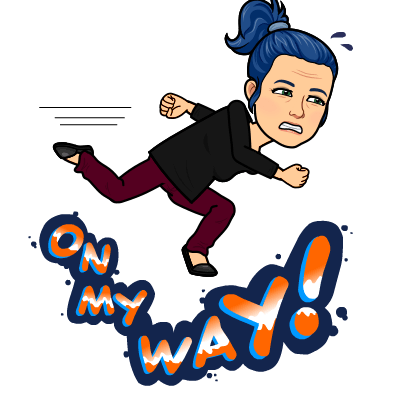
In the future I’d like to use the resources below to help create a marketing strategy for my library…
References
ALIA National. (2014, January 6). Promoting your school library [Video file]. Retrieved from https://youtu.be/Va5mo6ik2_M
Australian School Library Association (ASLA). (2019). Students need access to high quality school library services. In ASLA: Advocacy. Retrieved from https://asla.org.au/students-need-school-libraries
Bonanno, K. & Moore, R. (2009). Advocacy: Reason, responsibility and rhetoric. Retrieved from https://kb.com.au/content/uploads/2014/08/Keynote-Advocacy.pdf
Kachel, D., DelGuidice, M. & Luna, R. in Levitov, D. (Ed.) (2012). Activism and the school librarian – Tools for advocacy and survival [Libraries Unlimited version]. Retrieved from EBSCOhost.
Lowe-Wincentsen, D. (2014). Skills to Make a Librarian : Transferable Skills Inside and Outside the Library. Amsterdam: Chandos Publishing. Retrieved from http://search.ebscohost.com.ezproxy.csu.edu.au/login.aspx?direct=true&db=nlebk&AN=927792&site=ehost-live
SirsiDynix. (2016, October 6). Library connections video [Video file]. Retrieved from https://youtu.be/e6m1rTDiqlI
Smith, P. S. [TEDxTalks]. (2013, December 16). What to expect from libraries in the 21st century [Video file]. Retrieved from https://youtu.be/fa6ERdxyYdo
Toor, R., Weisburg, H. K., & Walter, V. A. (2010). Being indispensable : A school librarian’s guide to becoming an invaluable leader (epdf). Retrieved from https://ebookcentral.proquest.com
Ideas for Developing a Future Ready Library in Pictures and Graphs
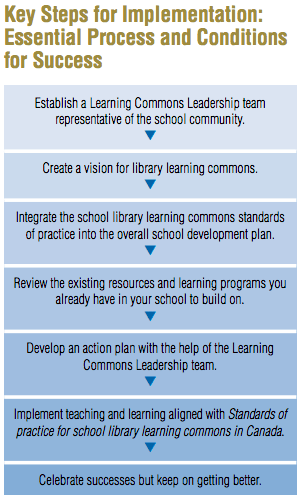
Leading Learning is licensed under a Creative Commons Attribution-NonCommercial 4.0 International License.
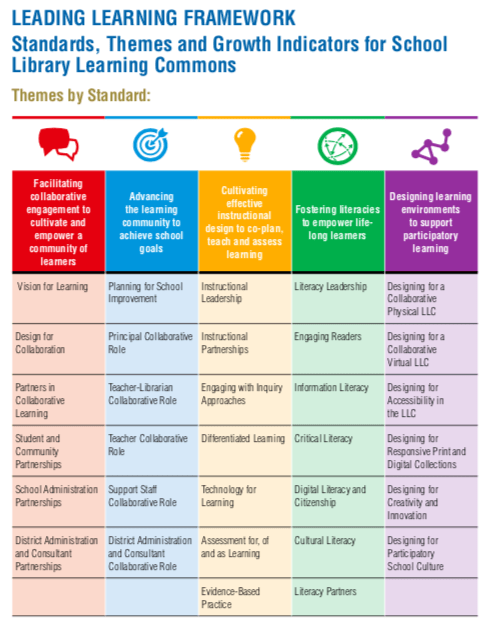
Leading Learning is licensed under a Creative Commons Attribution-NonCommercial 4.0 International License.
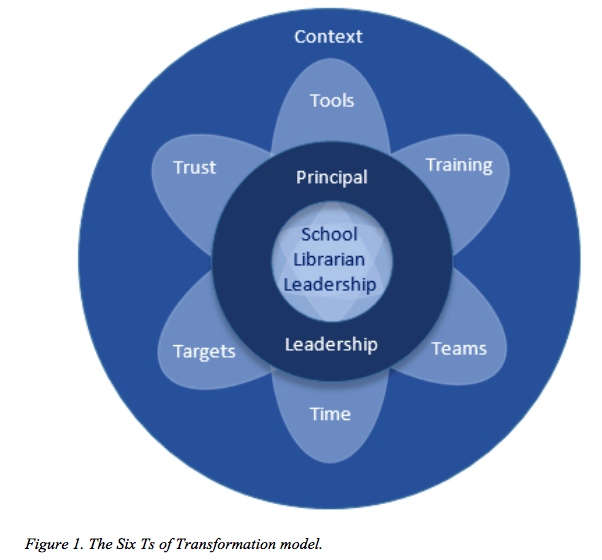

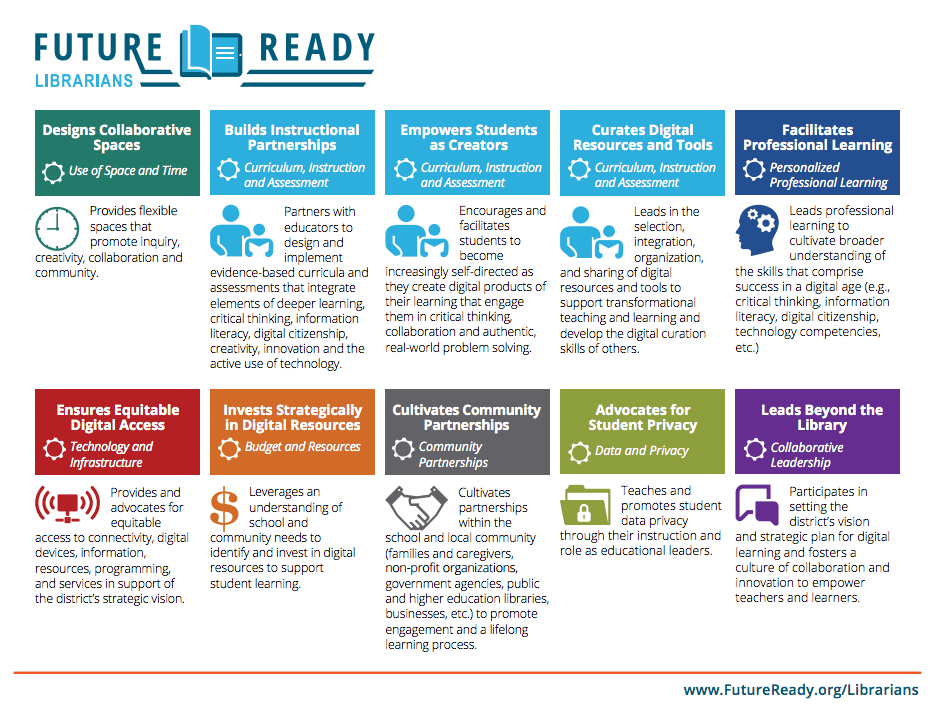
These images are great resources and worth remembering and utilising for developing a future ready school library ‘learning commons.’ Where are Australia’s ideas for future ready libraries? Are they just for members of ASLA only or is the ASLA ‘futures’ white paper the only resource we’ve yet to produce? Why are we relying on the resources from North America?
References
Alliance for Excellent Education (2016). Future ready librarians [Image]. In Future Ready Schools. Retrieved from http-/1gu04j2l2i9n1b0wor2zmgua.wpengine.netdna-cdn.com/wp-content/uploads/2017/01/Library_flyer_download
Baker, S. (2016). Figure 1. The six Ts of transformation model. [Image]. In School libraries Worldwide, 22(1), 143-159. Retrieved from http://www.iasl-online.org/resources/Documents/PD%20Library/11bakerformattedfinalformatted143-158.pdf
Canadian Library Association. (2014). Leading Learning Framework – Standards, Themes and Growth Indicators for School Library Learning Commons. [Image]. In Leading Learning- Standards Of Practice For School Library Learning Commons In Canada. Ottawa, ON- Canadian Library Association. Retrieved from https://apsds.org/wp-content/uploads/Standards-of-Practice-for-SchoolLibrary-Learning-Commons-in-Canada-2014.pdf
Canadian Library Association. (2014). Key Steps for Implementation. [Image]. In Leading Learning- Standards Of Practice For School Library Learning Commons In Canada. Ottawa, ON- Canadian Library Association. Retrieved from http-//clatoolbox.ca/casl/slic/llsop.html
Future Ready Schools (2019). The 7 Gears [Image]. In The Future Ready Framework. Retrieved from https///dashboard.futurereadyschools.org/framework
Professional Learning Transference: Why professional development doesn’t always result in improved outcomes
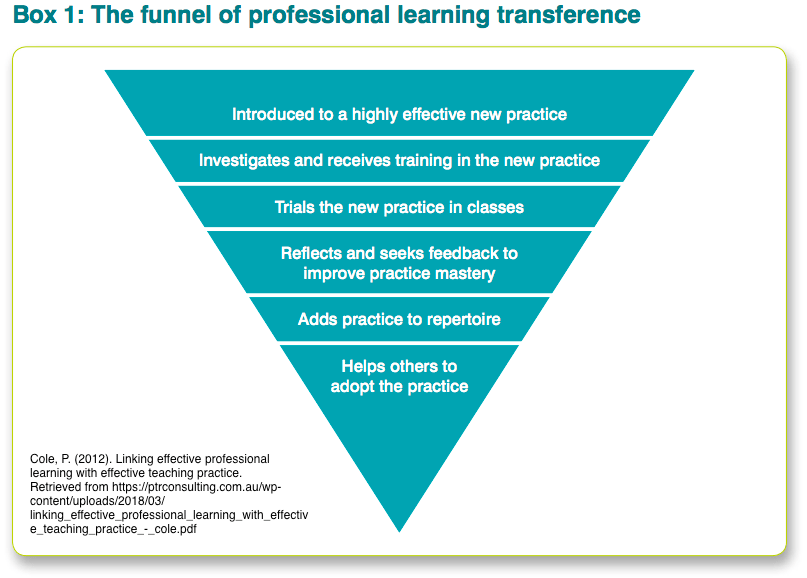
I was just saying to my husband the other day about how different this degree is to the training we receive as teachers. Even things that we are interested in, often get attended, our enthusiasm is strong as we walk through the doors of our school and then, mysteriously, we never seem to implement what we’ve learnt with any real vigour, or if we do it soon peters out, lost in the quagmire or superseded by the next training course we attend.
My husband is a Positive Behaviour for Learning (PB4L) Assistant Principal External Coach and the PB4L team in NSW are focussing on this exact phenomenon and implementing strategies demonstrated by Cole (2012), who explains very clearly why this occurs in the image (above) ‘The funnel of professional learning transference’ – Used here with permission from AITSL).
Most of us never make it to reflecting and/or seeking feedback to improve mastery, much less adding the practice to our repertoire and very very rarely helping others to adopt the practice.
This is where PB4L and QTR are both so beneficial! Out of all of the lessons I’ve modified based on training I’ve received, only one has stood out as something that I would fight vehemently to keep in my practice and that is the L3 shared reading lesson that I did in QTR. Following the successful lesson (where I received helpful feedback from three peers who had not attended the L3 training), all three wanted to learn how to implement the lesson (or series of lessons as it were).
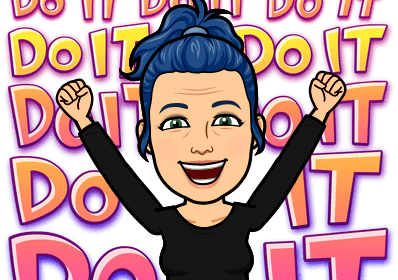
I can see how this will help my assignment and help me create a community of practice in my library and at my future school(s)! I am totally capable of reflecting, helping others reflect, adding skills to my practice and helping others add them to theirs…Now to get it into my discussion paper somehow…
References
Cole, P. (2012). Linking effective professional learning with effective teaching practice. Retrieved from https://ptrconsulting.com.au/wp-content/uploads/2018/03/linking_effective_professional_learning_with_effective_teaching_practice_-_cole.pdf

